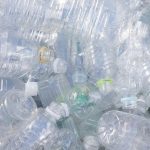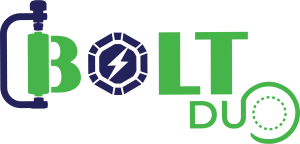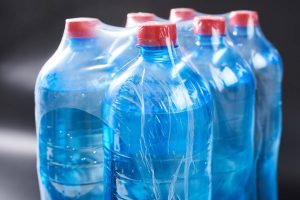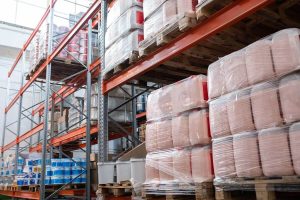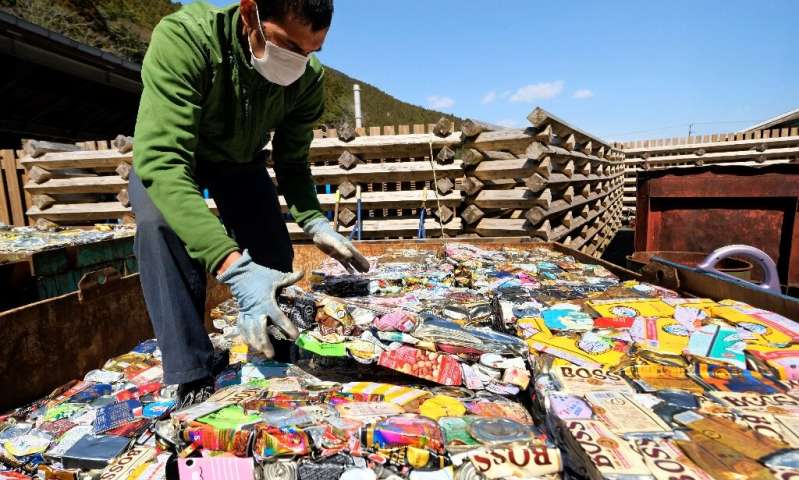
Have you wondered what happens to plastic waste?
Plastic recycling is the process of recovering scrap plastic or waste. It will be reprocessed into working and useful products that people can use again.
It is a vital process for the circular economy. It prolongs the life of plastic to serve an extended and broader purpose.
The main reasons why recycling plastic is essential:
Firstly, so that we can reduce plastic pollution. A research done in 2018 suggested that 359 million tons of plastics were produced that year alone. Nearly one-third of it went to single-use packaging. Fewer than 10% was recycled.
The remaining went to landfills to be incinerated—adding to emissions and increasing air pollution. Some are left uncollected. Almost 8 million tons make their way to the ocean via waterways.
Secondly, we depend less on non-renewable materials. Virgin materials often come from precious unrenewable sources. It is unsustainable to use such valuable resources, only to use them once and left forgotten.
Thirdly, we certainly don’t want more plastics than fish in the sea by 2050. A report by Project MainStream shows us that Plastic has increased 20-fold in the past 50 years worldwide. It is foreseen to double again in the next 20 years.
By 2050, we’ll be creating more than three times as much plastics as in 2014.
While all these realities are true, there are also excellent recycling efforts around the world.
Recycling helps to conserve precious resources. It diverts plastics from landfills or unintended destinations such as our ocean.
Many countries have joined in the fight towards recycling to preserve our environment.
They have built a culture around it so that brand owners, stakeholders, manufacturers, food producers, and even end-users are aware and involved in its process. They realize the importance of their role in closing the loop on the circular economy.
We will look at some later.
Which Plastics Are Recyclable?
There are several types of plastic categories. Here are some conventional products from its range
- PS (Polystyrene) – Example: plastic cutlery, containers, foam hot drink cups, and yogurt containers
- PP (Polypropylene) – Example: take-away food containers, meal boxes, ice cream containers
- LDPE (Low-density polyethylene) – Example: bags and garbage bins
- – HDPE (High-density polyethylene) – Example: milk bottles or shampoo containers
- PET (Polyethylene terephthalate) – Example: soft drink and fruit juice bottles
However, for plastics to be recycled, it must be in a clean, non-contaminated state. Only when waste is sanitary, it can be reprocessed back into the economy. It returns as another product, prolonging its life in the marketplace.
If plastic categories are mixed together during waste collection, it is considered contaminated and cannot be recycled all together.
The Process of Recycling Plastics and the Circular Economy Model
What happens to the plastic waste we throw out?
Check out these plastic recycling process steps from the infographic below.
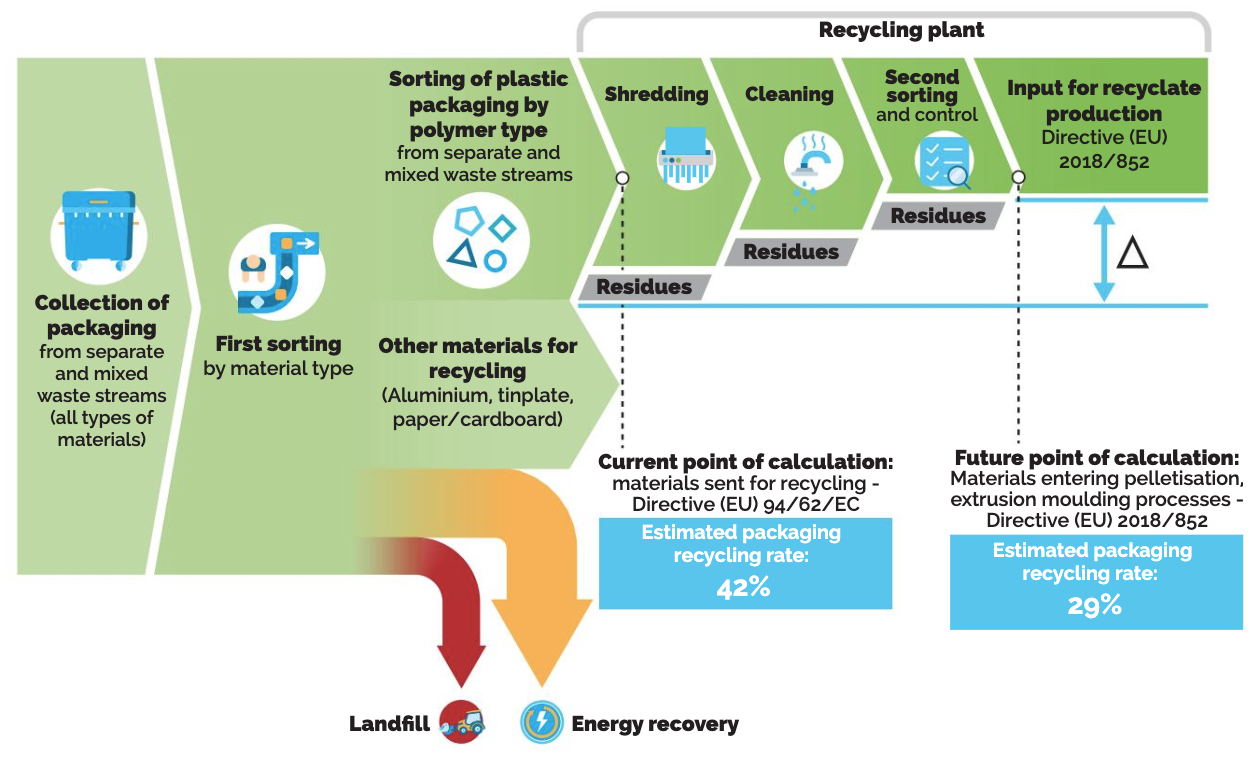
Source: The Circular Economy for Plastic from PlasticsEurope
The plastics circular economy is a model for a closed system to follow. It generates value from waste, promotes the reuse of plastic products, and avoids recoverable plastics to end up in landfills.
Plastic waste is a valuable resource. It can be recycled to produce plastic parts and products. When recycling is not viable, it can also be used to generate energy.
Presently, the plastics industry is exploring alternatives to replace fossil sources with renewable resources and carbon dioxide. Recycled plastics carbon footprint can be up to 4 times lower than virgin plastics.
This effort is to provide new value from product design to various methods of recycling plastic waste by converting more waste into recyclables.
It maximizes resource efficiency and reduces greenhouse gas emissions at the same time.
What Happens to Plastic Waste Around the World?
Japan
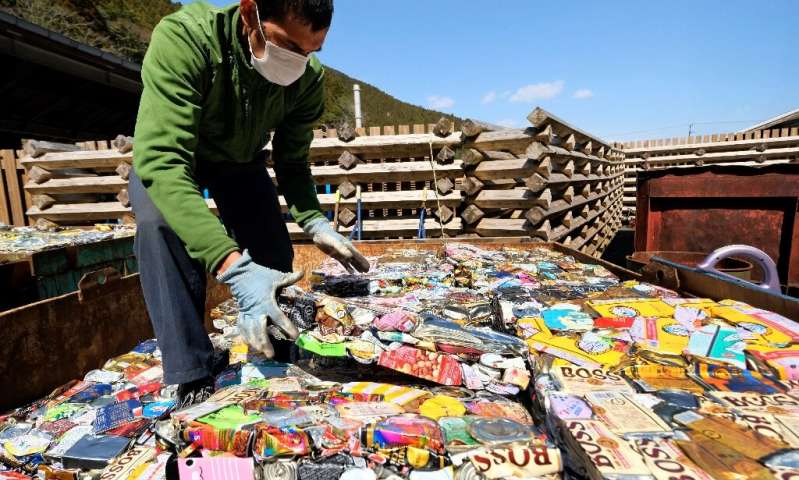
Image source: Phys.org
- Japan is one of the first countries to jump into recyclable and biodegradable plastics.
- PET bottles are used to produce high-quality polyester and artificial fabrics. Employees Asahi Breweries are known to wear uniforms made from recycled plastic bottles.
- In June 2011, Aeon Co announced the use of sugarcane-based polyethylene plastic grocery bags at their outlets. Supermarkets sell these bags at five yen apiece at all their 750 outlets.
- The Japanese education system teaches children to segregate waste from young.
Australia
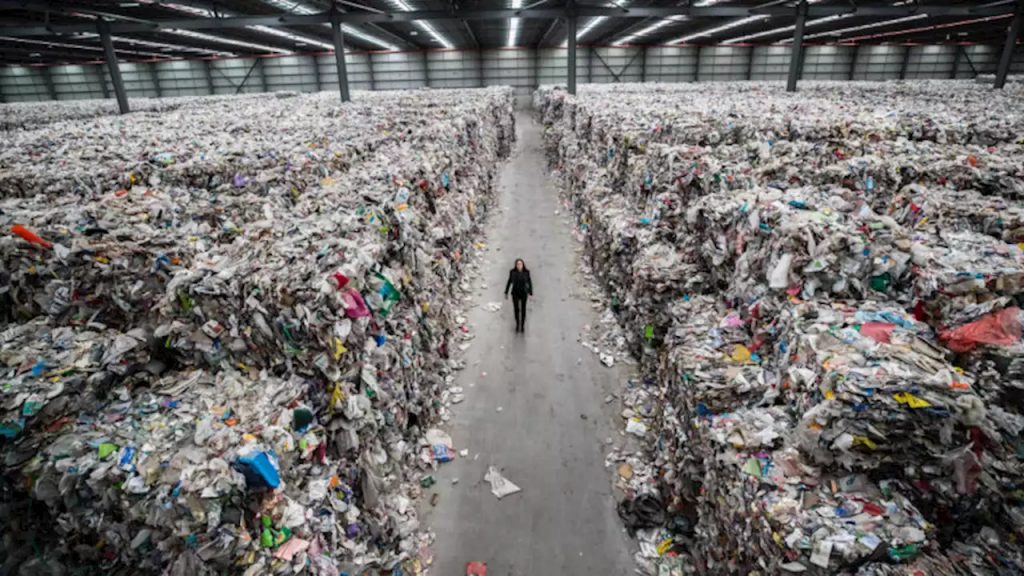
- There are 193 material recovery facilities in Australia. While most are hand-sorted, nine are semi-automated, and nine are fully automated.
- Creatively, plastics are turned into roads! It derives from “plastiphalt” bitumen and sand from ground-up glass. Plastiphalt is cost-competitive, lasts longer and could better handle heavy traffic. (Old Princes Highway in Engadin, a 250-meter long section was recently built out of plastic waste)
- Outdoor furniture, build schools, and even playgrounds are also built through plastic recycling technology.
- Turning recycled plastic into oil – Dr Lens Humphreys, chief executive of Licella, has invented Catalytic Hydrothermal Reactor (Cat-HTR) to do this via chemical recycling, Plastics are converted at a molecular level into oil through intense heat. It can then be altered into bitumen, petrol, or back into different kinds of plastics.
New Zealand
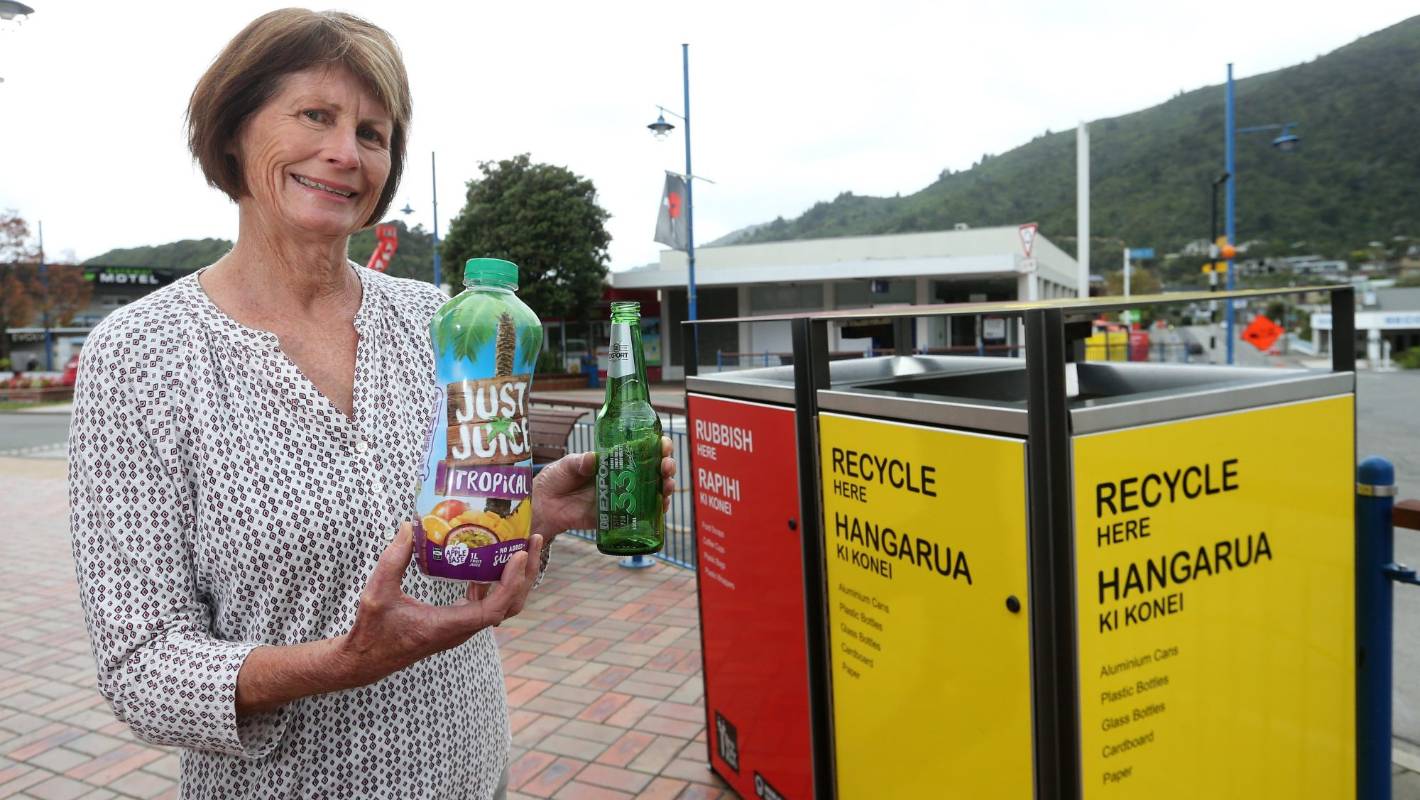
Image source: stuff
- The New Zealand Plastic Packaging Declaration commits them to use 100% recyclable, reusable, or compostable packaging by 2025 or earlier. Several organizations have already signed up, including Foodstuffs and Countdown (including SuperValue and Fresh Choice).
- National Waste Data Framework – Developed by WasteMINZ (Waste Management Institute of NZ) provides a standard for the collection of data at its end of life. It helps gather data to be better at recycling innovations and efforts.
- Phasing-out of single-use plastic shopping bags. The government announced a proposal to phase out single-use plastic shopping bags by mid-2019.
- Soft Plastic Recycling Scheme – This interesting voluntary recycling scheme is led by the packaging industry. Citizens can drop off soft plastic at participating stores to be collected for reprocessing.
Mexico
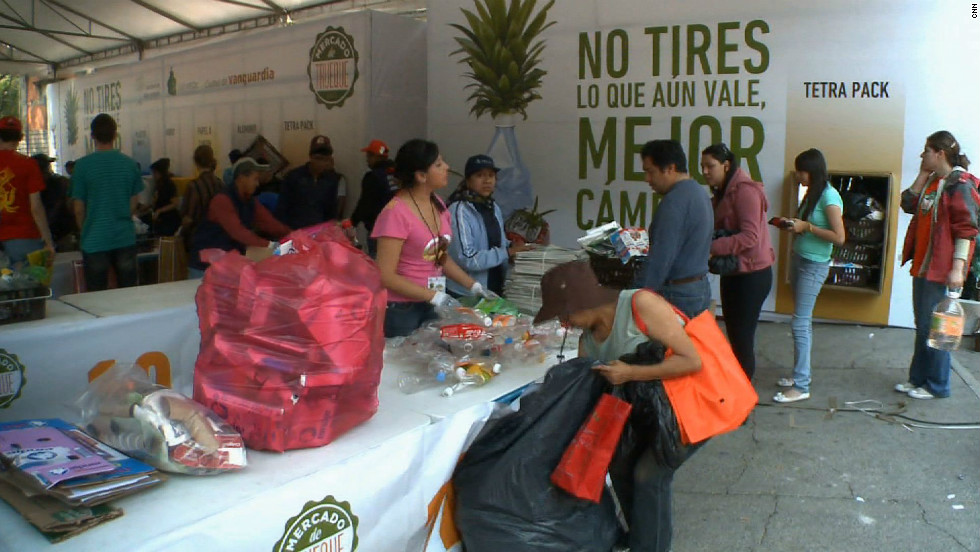
Image source: Cable News Network
- Mexico City is going to war on plastic waste. Since charging for carrier bags, now also banning several single-use plastic items like plastic cutlery, straws, cups, and even balloons.
- Leaders of Mexico’s plastics industry are in discussion with federal lawmakers and civic leaders to plan plastic waste management in a feasible and environmentally friendly way.
- Zero Waste shops (with no package used) have also been set up where customers reuse bought plastics. They are located mostly in big cities and are growing beyond cities too.
- Trash for food – A new barter type of market is helping residents trade their trash for food. Participants get vouchers that can be exchanged at a nearby farmers’ market.
- Infrastructural investment, prompt legislative measures, and environmental consciousness of the Mexicans work together to contribute to reducing plastic pollution.
Malaysia
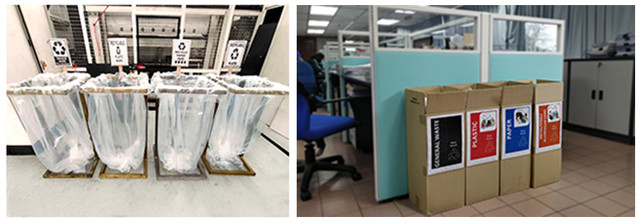
Image source: Thong Guan’s internal recycling efforts
- Malaysian government discourages the giving out of plastic bags and straws. Customers are encouraged to bring their food container or the food business operator at fixed premises
- Zero single-use plastics 2018-2030 roadmap incorporates brand owners, regional cooperation, manufacturers, and the general public towards sustainability
- Promote cleaner plastics for recyclability – More education and plastic recycling research will be shared about waste separation at source
- Biobags – sustainable and compostable bio bags are planned to phase out typical plastic bags. It is derived from plants, vegetable oils, and compostable polymers
- Federal pollution levy on plastic manufacturers – This proposed collection will fund redressing plastic pollution, research, and development (R&D) on eco-friendly alternatives, and even incentives to manufacturers
Consume, Reuse, and Recycle
The road towards closing the circular economy is no easy task.
Now that you know what happens to plastic waste, all parties need to work together to make this a success.
When more clean waste is gathered, more waste can go through the recycling process again. It renews shelf life to these plastics for another round of usage–promoting the process of looping the circular economy.
Brand owners, manufacturers, fresh food producers must find means to educate end-users on recycling methods. Let them know that what they do is essential for the environment and for their future too.
It is just a matter of collection, and we need to build a culture around it.
Join TG RE:DO as we close the plastic loop. Together, we can do our part for a better tomorrow. Contact us at info@thongguan.com for more info.


